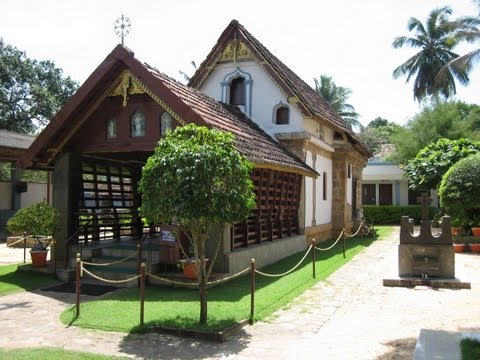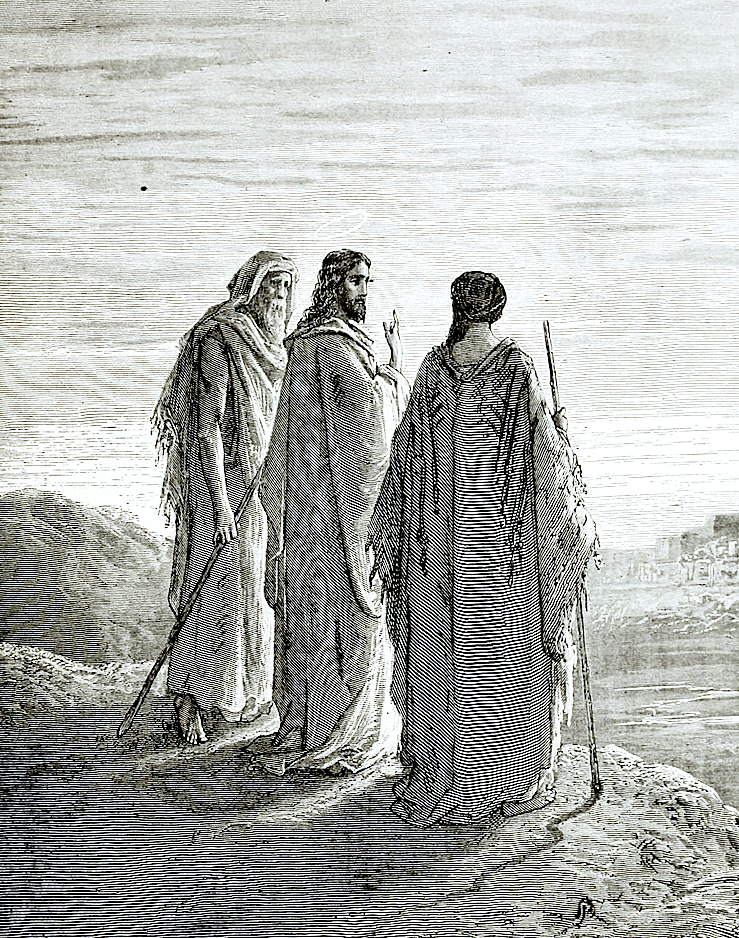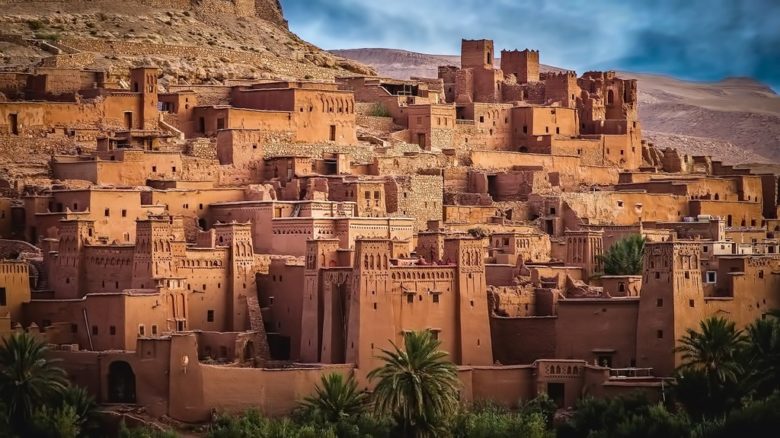There is very little information about the early life and the missing years of Jesus. Some Christian sources suggest that Jesus simply lived in Galilee from the age of 14 to 29 helping his father Joseph with their family business. However, Jesus was a well-known figure right from his birth.
The gospels tell us that even Herod and his people were informed about the birth of a special baby boy. Also, Jesus was raised in a very small village where everybody knew each other from birth. It was almost impossible not to record anything from his life.
According to the Book of Matthew, the genealogy of Jesus comes from royal descent. The Old Testament prophets foretold Jesus’ birth. He was also prophesied by many people including Oracles of Delphi:
“A child has just been born, who is the king of future millennia, the true God of the world. He is humble from birth and of an obscure race. His divinity is unrealized; when he, at last, makes himself known, he will be persecuted. He will work miracles, he will be accused of trafficking with evil spirits, but I see him the victor in the end over death, rising from the place where his murderers entombed him. He will reunite all nations.” (Delphic Oracle)
While there are plenty of historical and archeological findings, there is little information on where Jesus spent his early years.
Below are a few places with good historic value where early Christianity was developed with possible places of Jesus’ travel.
Egypt

Coptic Orthodox Cathedral
by Ashashyou, CC BY-SA 3.0 via Wikimedia Commons
Egypt is identified in the Bible as a place of refuge that Jesus’ family sought in their flight from Judea after Herod the Great felt threatened and tried to find baby Jesus. Jesus’ family resided in Egypt until the death of Herod (Matthew 2:12–23).
Many Egyptian Christians were called Copts where the word “Copt” means “Egyptian”. St Mark was a founder of the Egyptian Church around AD 42 after he arrived in Alexandria. At the end of the first century, St. Mark was one of the four evangelists who wrote the oldest canonical gospels during the reign of Roman emperor Nero.
Prophet Isaiah wrote:
“In that day there will be an altar to the LORD in the land of Egypt and a pillar to the LORD at its border.”(Isaiah 19:19)
In the 2nd century, Christianity began to spread to the rural areas, and the scriptures were translated into the local Coptic languages there.
India

Thiruvithamcode Arappally
by Davidj233, CC BY-SA 3.0 via Wikimedia Commons
There are also claims that before his public ministry in Galilee Jesus spent his missing years in India. Christianity in India is the third most followed religion. It was originally introduced by Thomas the Apostle who traveled to Tamilakam (an Indian state of Kerala) and established the Seven Churches there.
However, Christianity was established in India much earlier than the 6th century AD, long before the appearance of Thomas. Two ancient testimonies exist in India about the mission of Saint Bartholomew and Pantaenu’s visit in the 2nd century.
The Acts of Thomas, the third-century New Testament Apocrypha, mentioned the apostle Thomas who had to visit India. At first, he was reluctant to go, but Jesus pressured the stubborn disciple and forced him to accompany an Indian merchant, Abbanes, to his native place in northwest India. As a result, Thomas’ ministry was very productive and ended up in many conversions that included the king and his brother.
Asia
Magi/Wise Men of the Parthian Empire in Asia tend to worship Jesus, so it makes sense that he might visit Asia at some point in his life as well as other parts of the world such as a place called ‘New World’.
Christianity in Asia originated from the life and teachings of Jesus in the first century of Roman Palestine. The early reference to Christian communities in Central Asia was from Bar Daisan writings around 196 AD. Gospel’s history in Asia includes the visitation of Asia Minor cities by the apostle Paul. Galatians, Ephesians, and Colossians were epistles written to Asian churches. Ephesus, Smyrna, Pergamum, and related churches were mentioned in Revelation 2-3 and located in Asia Minor.
Essenes and the Judean Desert

Jesus And The Disciples Going To Emmaus
via Wikimedia Commons
There was some evidence that Jesus spent some time in the Judean Desert where he fasted for 40 days and nights. He was likely practicing fasting daily and his body was trained in a special way. It is a bad idea, however, for others to repeat what Jesus did because it can result in malnutrition disaster.
In 1947, a few desert men accidentally discovered The Dead Sea Scrolls at Qumran Place. These scrolls are believed to be written by a Jewish sect called Essenes between 350 BCE and 70 CE.
The Essenes were a Jewish philosophy sect developed in the 2nd century BC to the 1st century AD. Numerous Essenes used to live mainly in Roman Judea, somewhere above Ein Gedi, next to the Dead Sea. The group was smaller than the Pharisees and Sadducees sects. They lived mostly in an isolated community practicing asceticism, celibacy, daily immersion, voluntary poverty, and commitment to a strict observance of the Sabbath.
It is hard to think that Jesus and his followers, living in first-century Judea and Galilee for years, never encountered – let alone learned from or were influenced by – the four thousand Essenes living there at the same time. Some researchers indicate that scrolls do speak directly to the origins of Christianity and even reflect a mirror image of the Gospels from Jesus’ enemy’s perspective.
There is also a belief that Jesus was raised as an Essene, but refused to follow their orthodoxy later. Jesus could be called the Essene whose main goal was not to create a new religion, but rather to reform Judaism.
Epiphanius gives an interesting description of each group:
“The Nazarean – they were Jews by nationality – originally from Gileaditis, Bashanitis, and the Transjordan… They acknowledged Moses and believed that he had received laws. And so, they were Jews who kept all the Jewish observances, but they would not offer sacrifice or eat meat. They considered it unlawful to eat meat or make sacrifices with it. They claim that these Books are fiction and that the fathers instituted none of these customs. This was the difference between the Nazarean and the others.” (Epiphanius)
Fred Gladstone Bratton notes the following:
“The Teacher of Righteousness of the Scrolls would seem to be a prototype of Jesus, for both spoke of the New Covenant; they preached a similar gospel; each was regarded as a Savior or Redeemer, and each was condemned and put to death by reactionary factions..”
The Essene groups had a few unidentified Teachers of Righteousness, the leaders of the Essenes at Qumran, and other regions. One of them was identical to the original Jesus [Essa] about 150 years before the time of the Gospels.
“The difference of opinion over the positioning of the Teacher of Righteousness leads me to conclude that perhaps all of these researchers are correct. A Teacher of Righteousness did lead the group in the second century BCE when it was established. Another Teacher of Righteousness led the sect in the first century BCE and finally, another Teacher emerged in the first century CE.” (Richard A. Freund)
The Saint Thomas Christians (“Nasrani”) of southwestern India may have a connection with the Essenes, according to the Manimekalai, one of the great Tamil epic poems, which refers to a people called “Issani”.
Back to Galilee
Some writers such as Steve Collins suggested that Jesus spent his missing years with Joseph of Arimathea, an international businessman.
Joseph of Arimathea (also known as Joseph de Marmore/Joseph of Glastonbury) was a wealthy merchant who lived in Marmorica in Egypt and dealt with metals before moving to Arimathea. There was speculation that Joseph was an uncle of Mary, mother of Jesus, and a Great Uncle of Jesus. Joseph took the young Jesus with him on business trips around the world and they visited India, England, and even South America. Joseph of Arimathea is mentioned in all four gospels (Matthew: 27:57-60; Mark 15:43-46; Luke 23:50-55; John 19:38-42). Read more about Joseph in “St. Joseph of Arimathea at Glastonbury” book by Lionel Smithett Lewis (Glastonbury Vicar).
Although Jesus was not of a tribe of Levi, the ages of 13 to 29 were significant in Judea. Thirteen was the age of the bar mitzvah, the age of secular maturity, and thirty years of age was readiness for the priesthood.
After his baptism and 40 days spent in the Judean desert, Jesus returned to Nazareth. On Sabbath day, he went to the synagogue, as it was his custom (Luke 4:14-16). However, it doesn’t mean that he never left his small Nazareth town.
When Jesus began his teaching in the synagogue at the age of 30, many wondered who this Jesus was and where his wisdom came from. It seems like they haven’t seen him in 10 years – “Is not this the carpenter’s son?” (Matthew 13:55).
The eyewitnesses were constantly tracked Jesus moves and even recorded his deeds:
- He was born in Bethlehem (Micah 5:2).
- Baby Jesus and his parents moved to Egypt (Hosea 11:1) and lived there for a while.
- 12-year-old Jesus accompanied his parents on a pilgrimage to Jerusalem and became separated. He was found several days later in a temple, discussing affairs with some of Jerusalem’s elders Luke (2:41-52).
- He went round about the villages, teaching (Mark 6:6)
The Gospel mostly presented “eyewitness accounts” (Luke 1:2, II Peter 1:6) and there were no eyewitness accounts of Jesus’s missing years, and even his post-age 12 exploits until age 30. He likely spent these years outside of Judea.
During his life on earth, Jesus gave up the comforts of home and family to proclaim his kingdom to others. He has sacrificed his time and energy to teach, heal, comfort, and challenge people.
*As an Amazon Associate, I earn from qualifying purchases.



